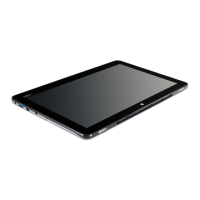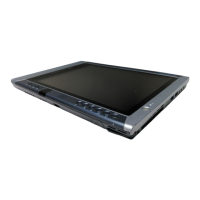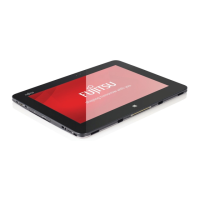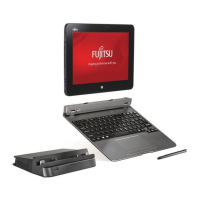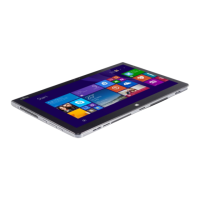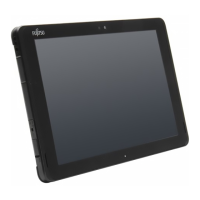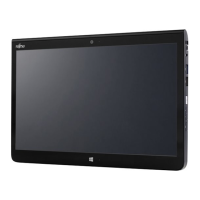FCC Regulatory Information
Regulatory Information/Disclaimers
Installation and use of this Wireless LAN device must be in s trict accordance with the instructions
included in the user documentation provided with the product. Any changes or modifications made
to this device that are not expressly approved by the manufacturer may void the user’s authority to
operate the equipment. The manufacturer is not responsible fo r any radio or television interference
caused by una uthorized modification of this device, or the substitution or attachment of connecting
cables a nd equipment other than those specified by the m an ufacturer. It is the responsibility of the
user to correct a ny interference cau sed by such unauthorized mo dification, substitution or a ttac hm ent.
The manufacturer and its authorized resellers or distrib utors will assume no liability for any d amage
or violation of government regulations arising from failure to comply with these guidelines.
This device must not be co-located or operated in conjunction with an y other antenna or transmitter.
For IEEE 802.11a Wireless LAN: For operation w ithin 5.15~5.25 GHz frequency range, it is
restricted to indoor environments, and the antenna of th is device must be integral.
Federal Communications Commission and Industry
Canada statement:
This device complies with Part 15 of F CC Rules.
Operation is s ubject to the following two conditions: (1) This device may not cause
interference, and, (2) This device mu st accept any interference, including interference
that may cause undesired operation of this device.
FCC Interference Statement
This equipment has been tested and found to comply with the limits for a Class B digital
device, p ursuant to Part 15 of the FCC Rules. These limits are designed to provide reasonable
protection against harmful interference in a residential installation. This equipment generates,
uses, and can radiate radio frequency energy. If not installed and used in accordance with
the instructions, it may cause harmful interference to radio comm unications. However, there
is no guarantee that interference will not occur in a particular installation.
If this equipment d oes cause harmful interference to radio or television reception, w hich
can be determined by turning the equipment off and on, the user is encouraged to try and
correct the interference by one or more of the following measures:
1. Reorient or relocate the receiving antenna.
2. Increase the distance between the equipment and the receiver.
3. Connect the equipment to an outlet on a circuit different from the one the receiver is connected to.
4. Consult the dealer or an experienced radio/TV technician for help.
Fujitsu 91
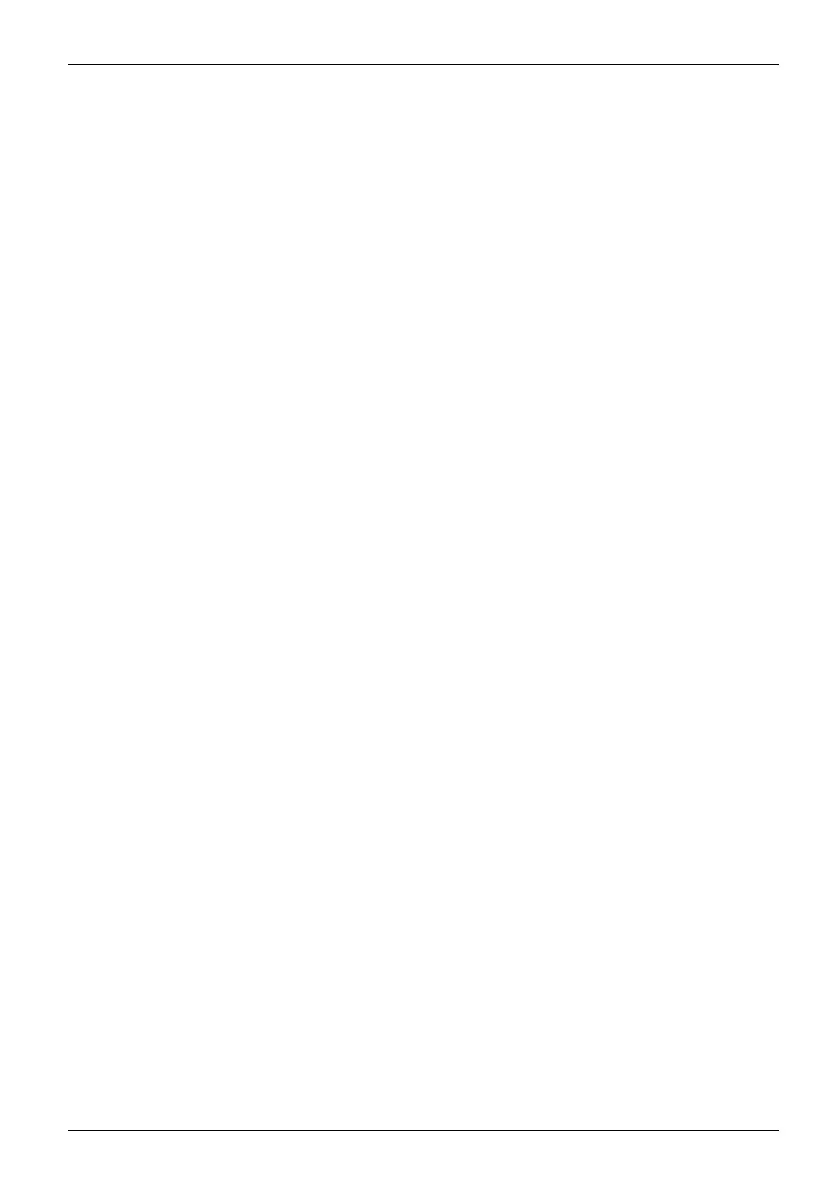